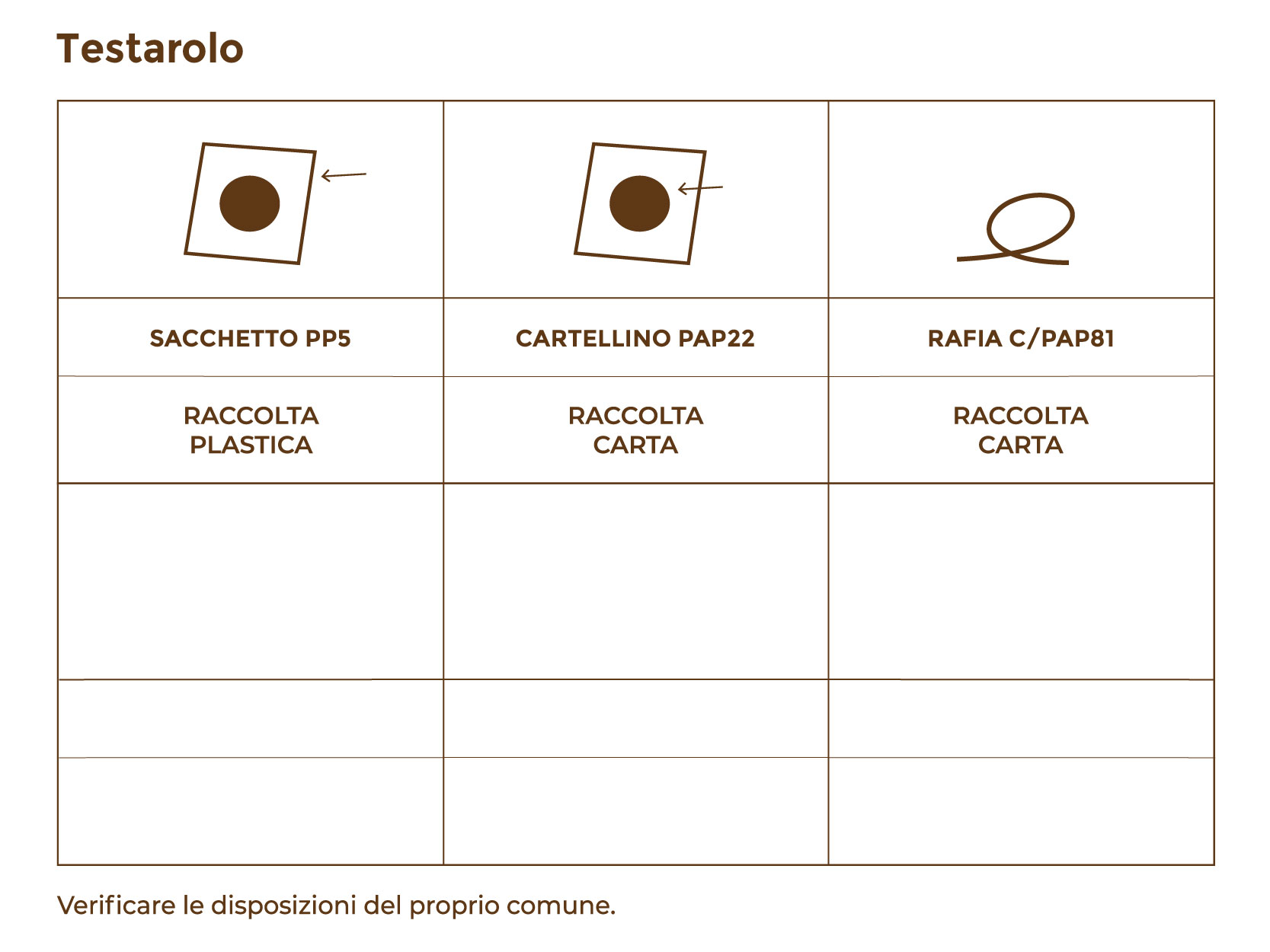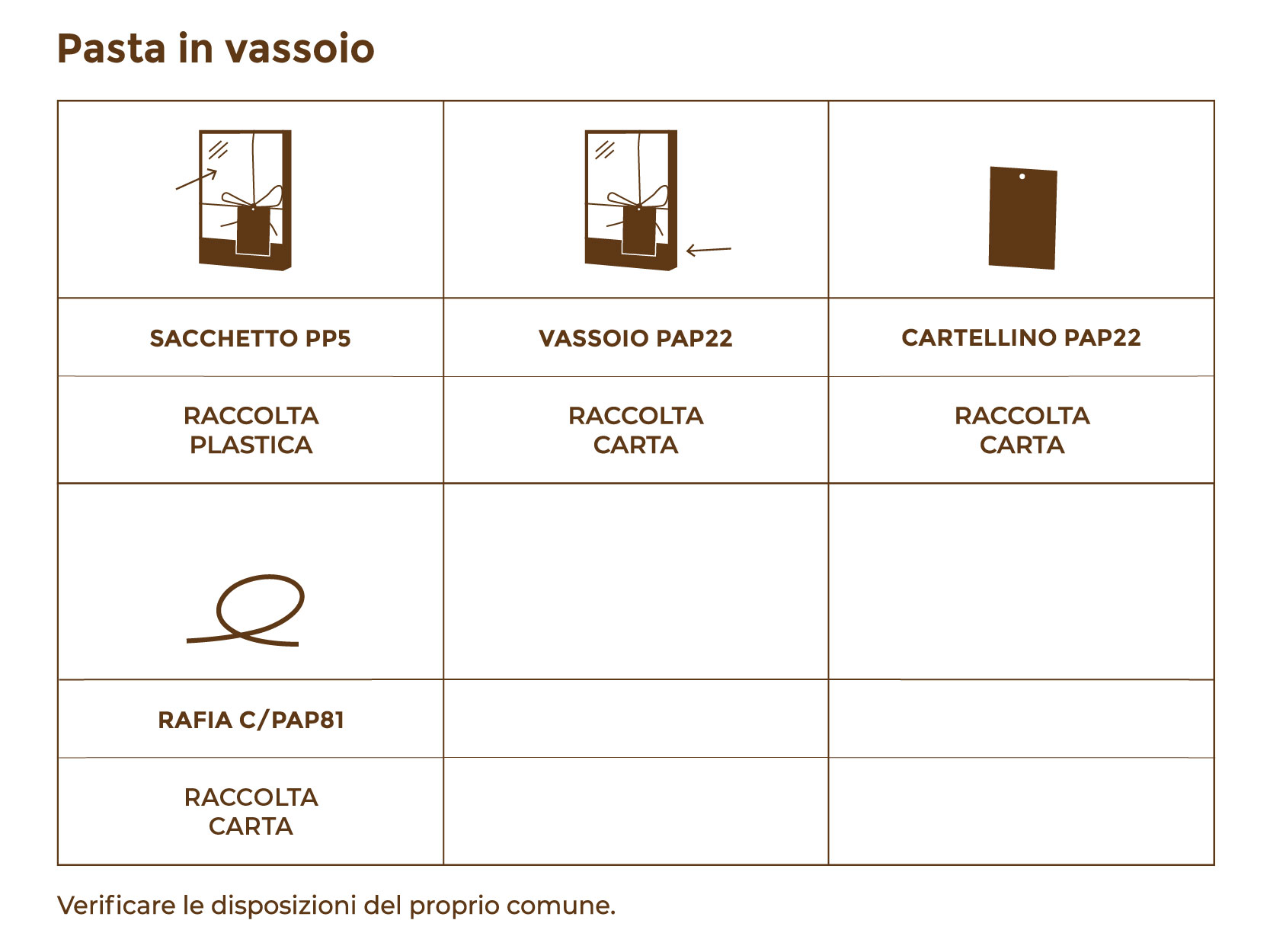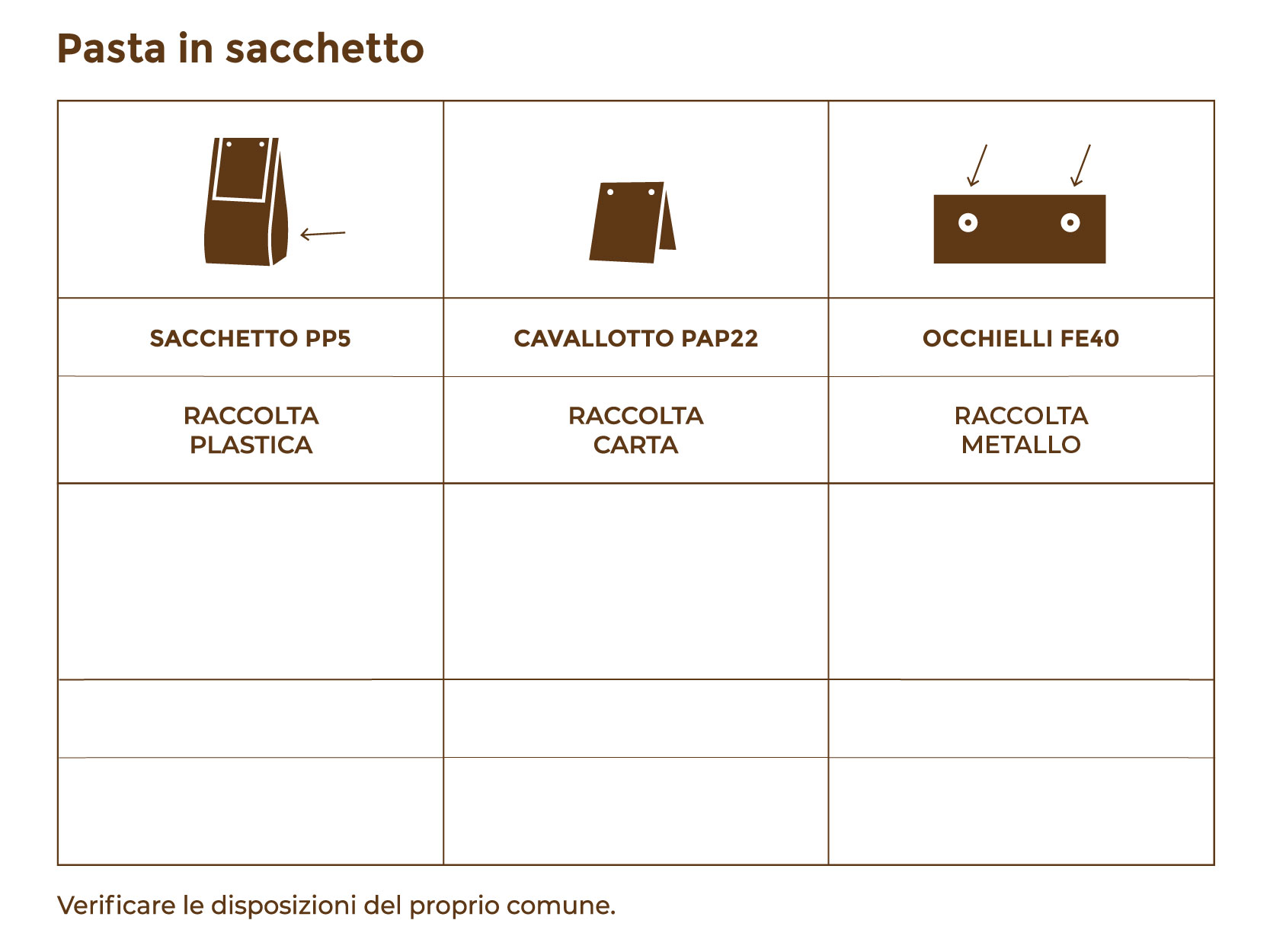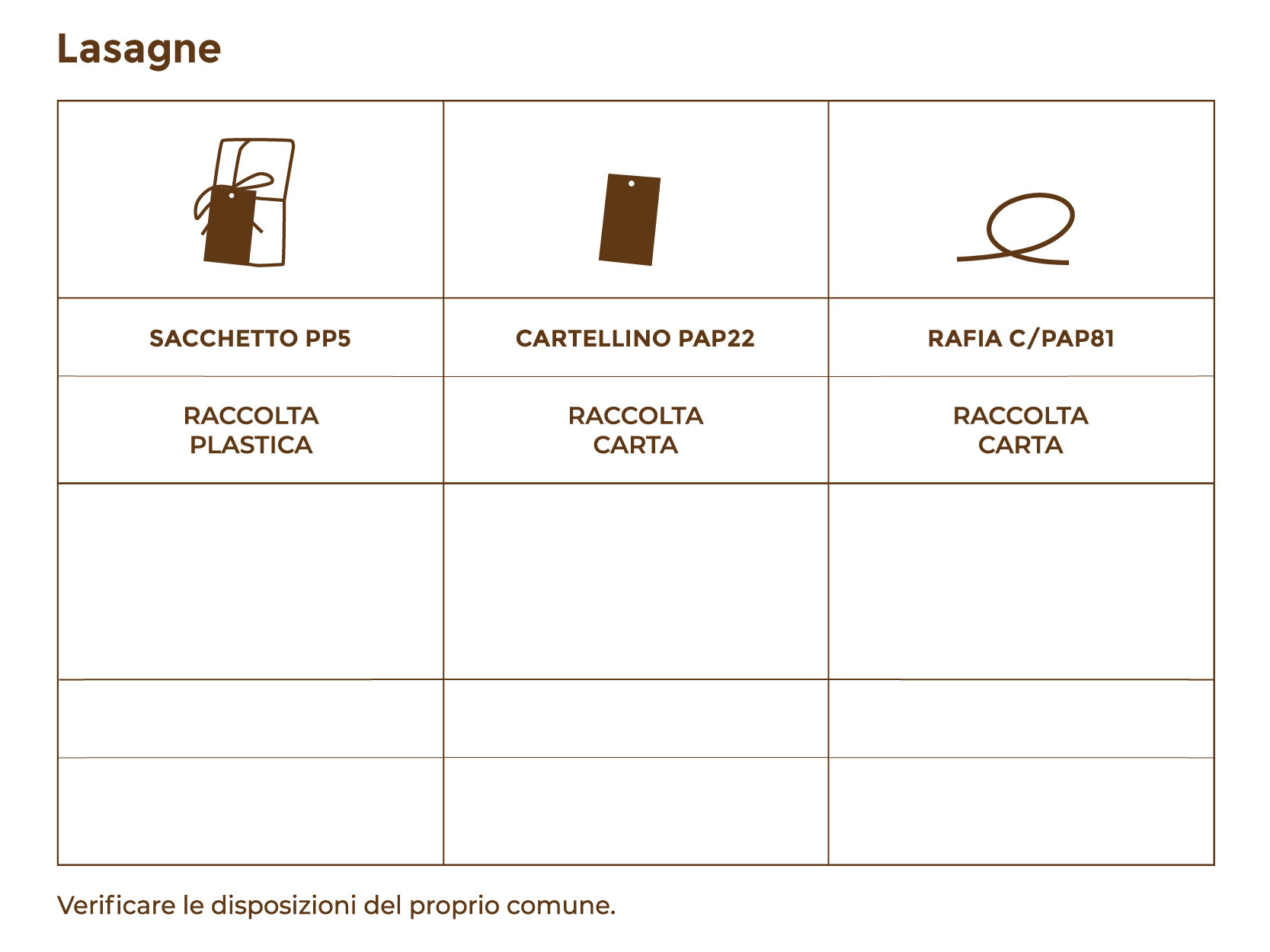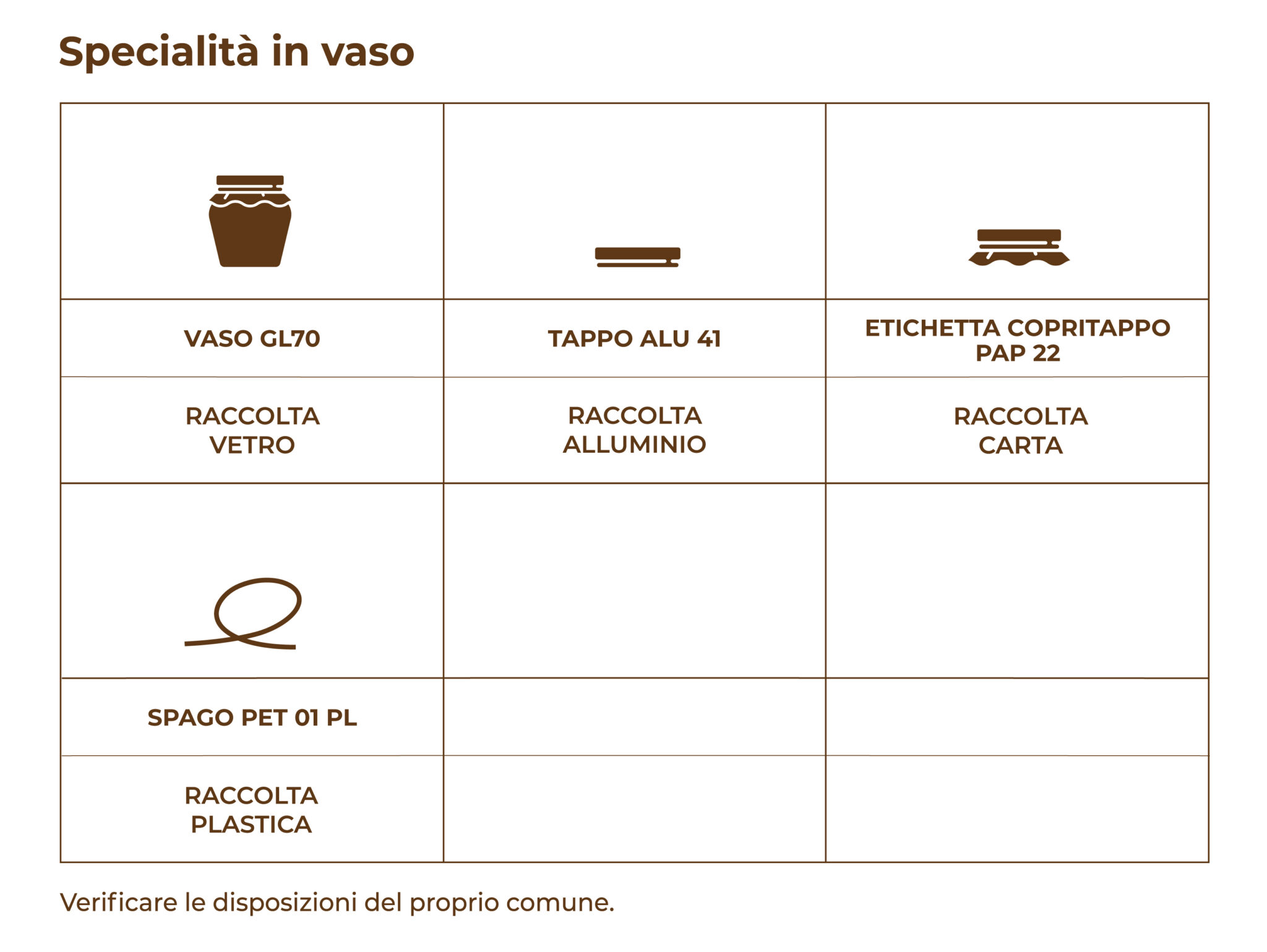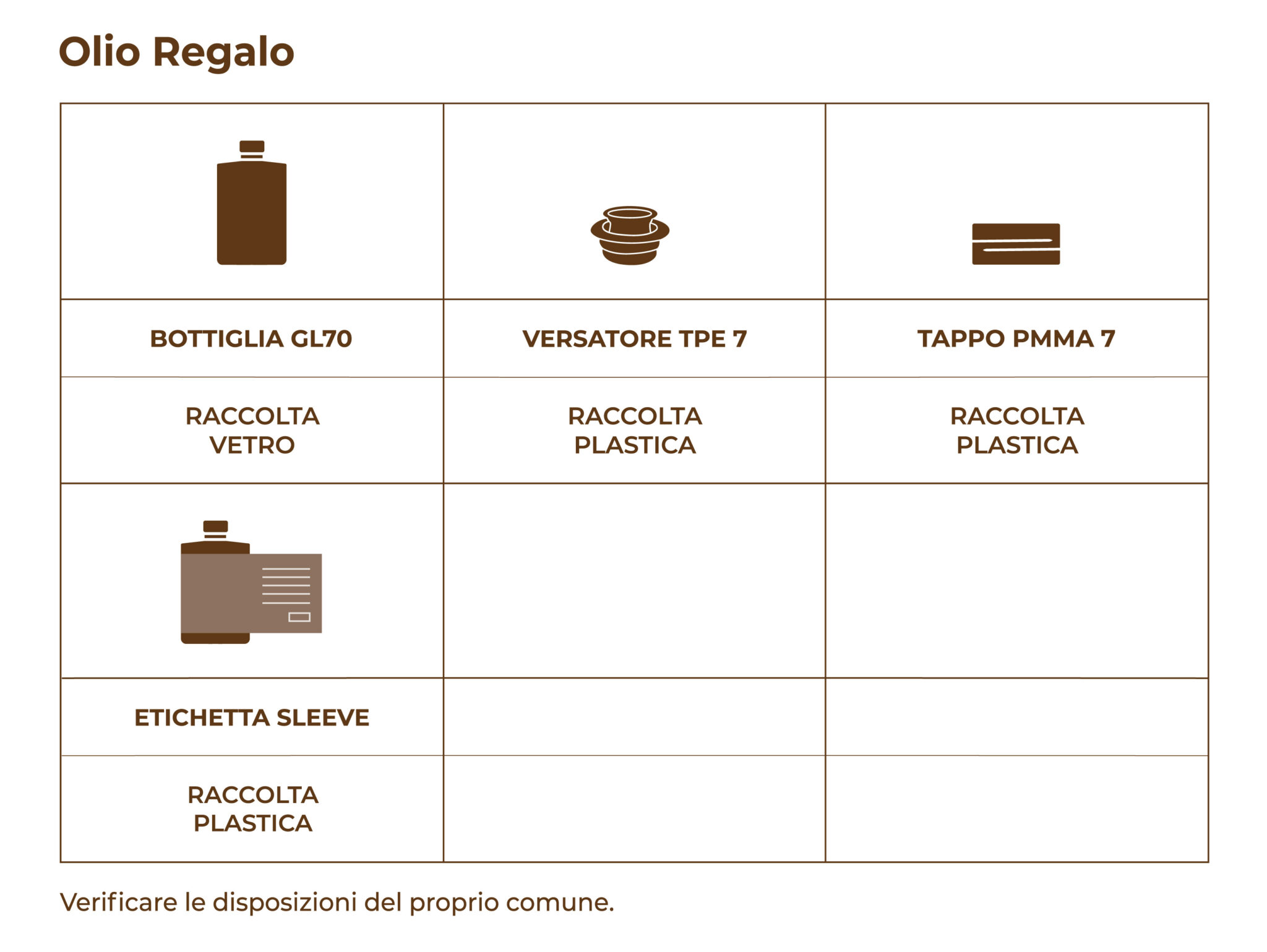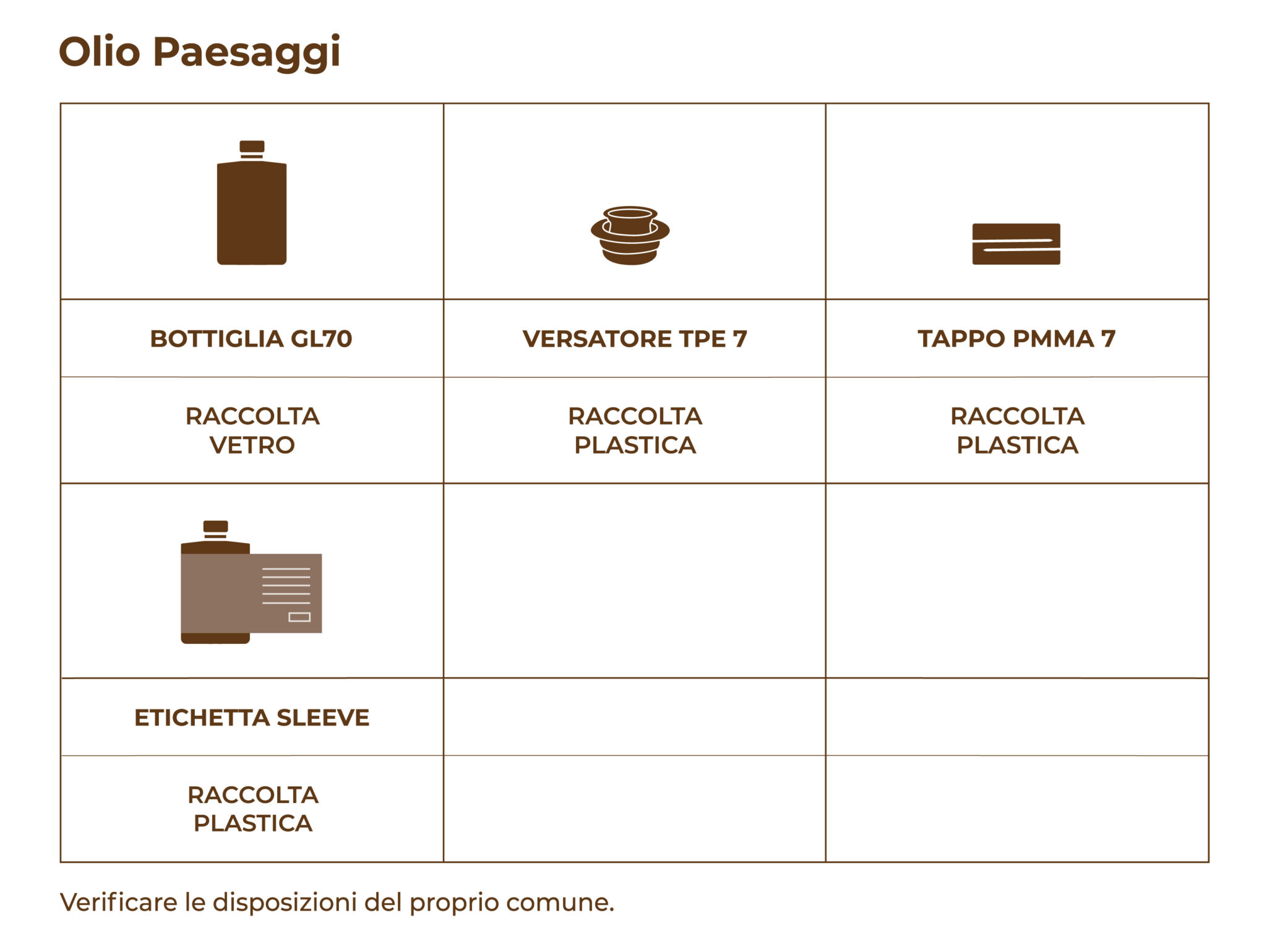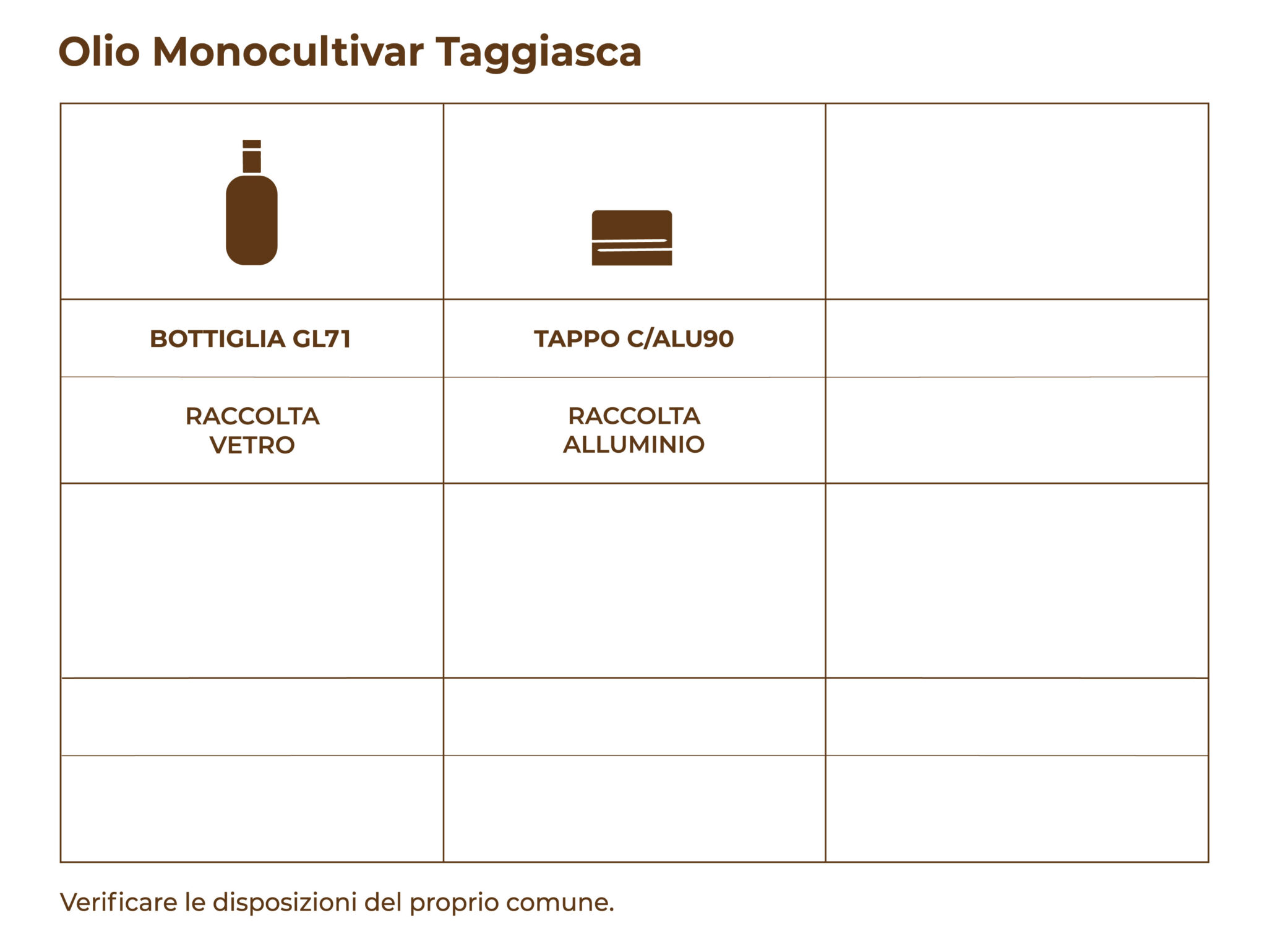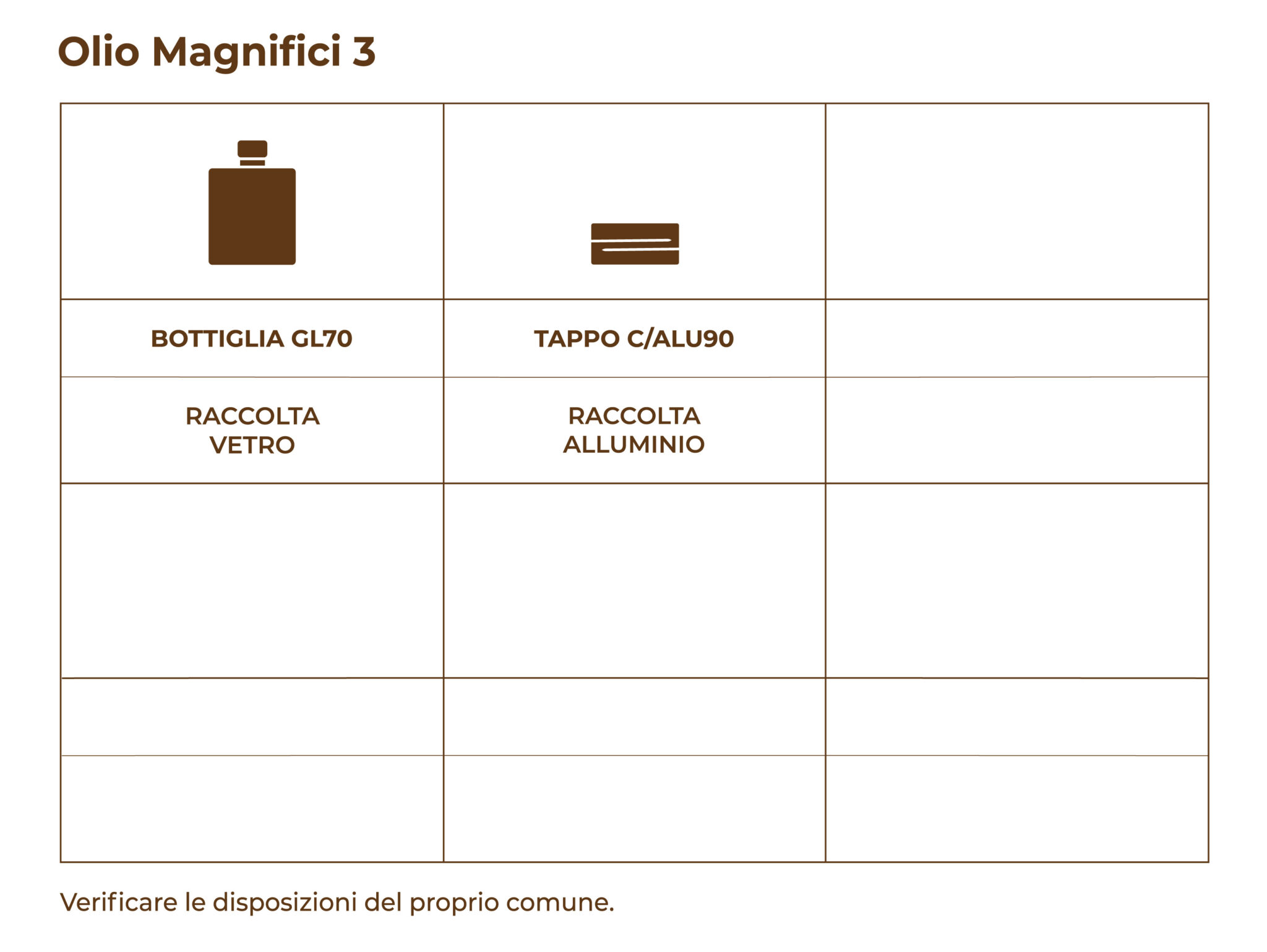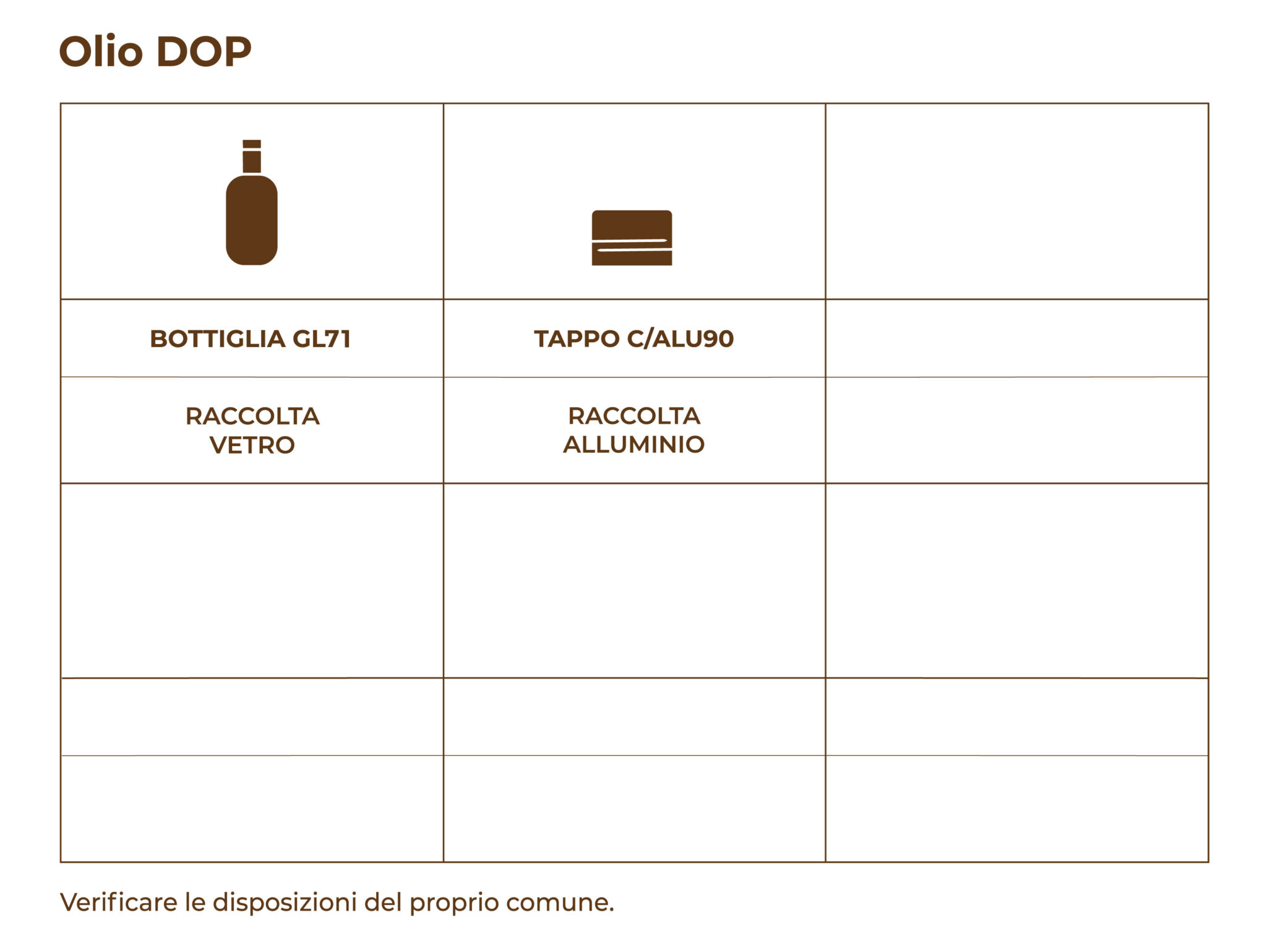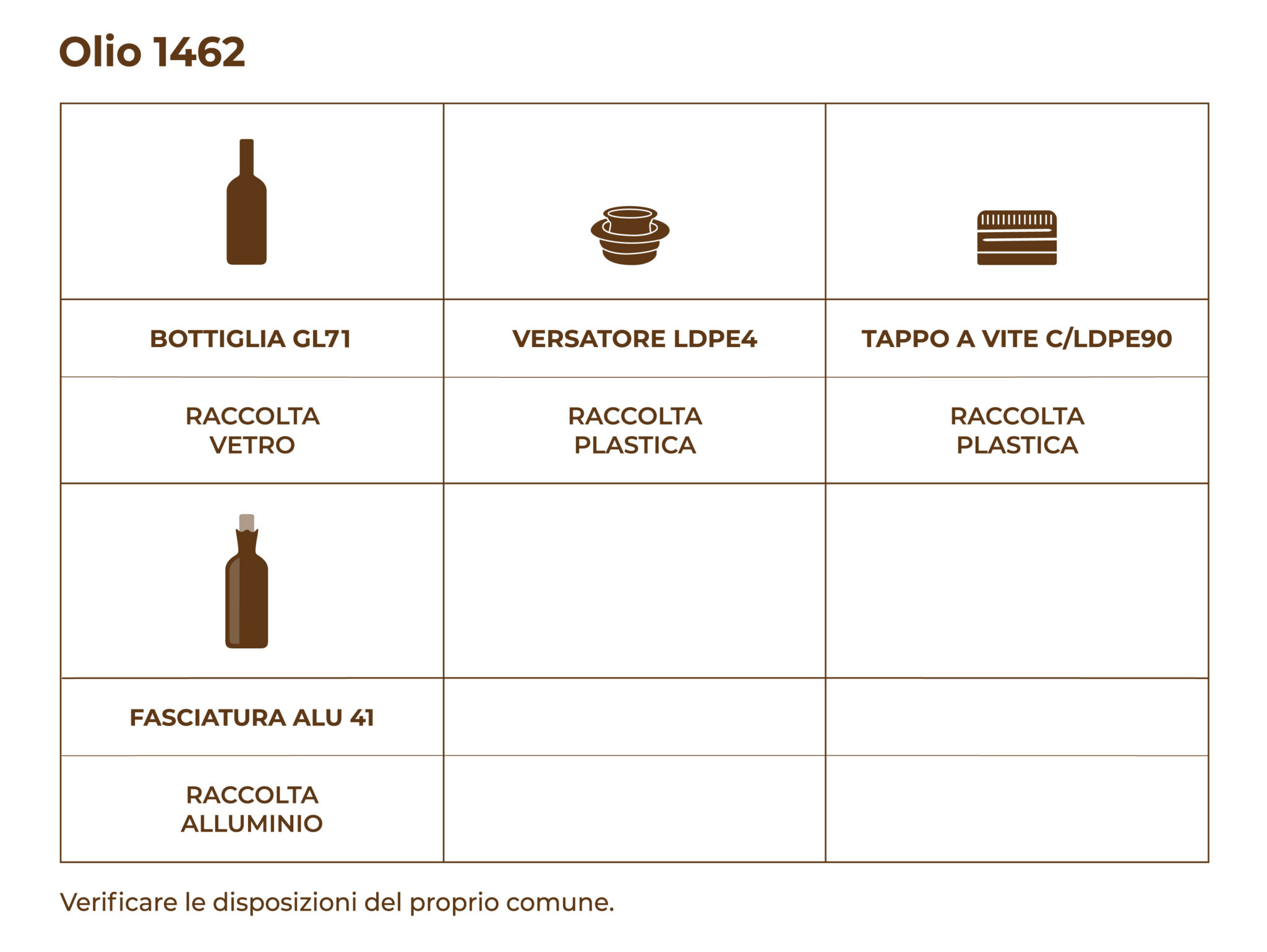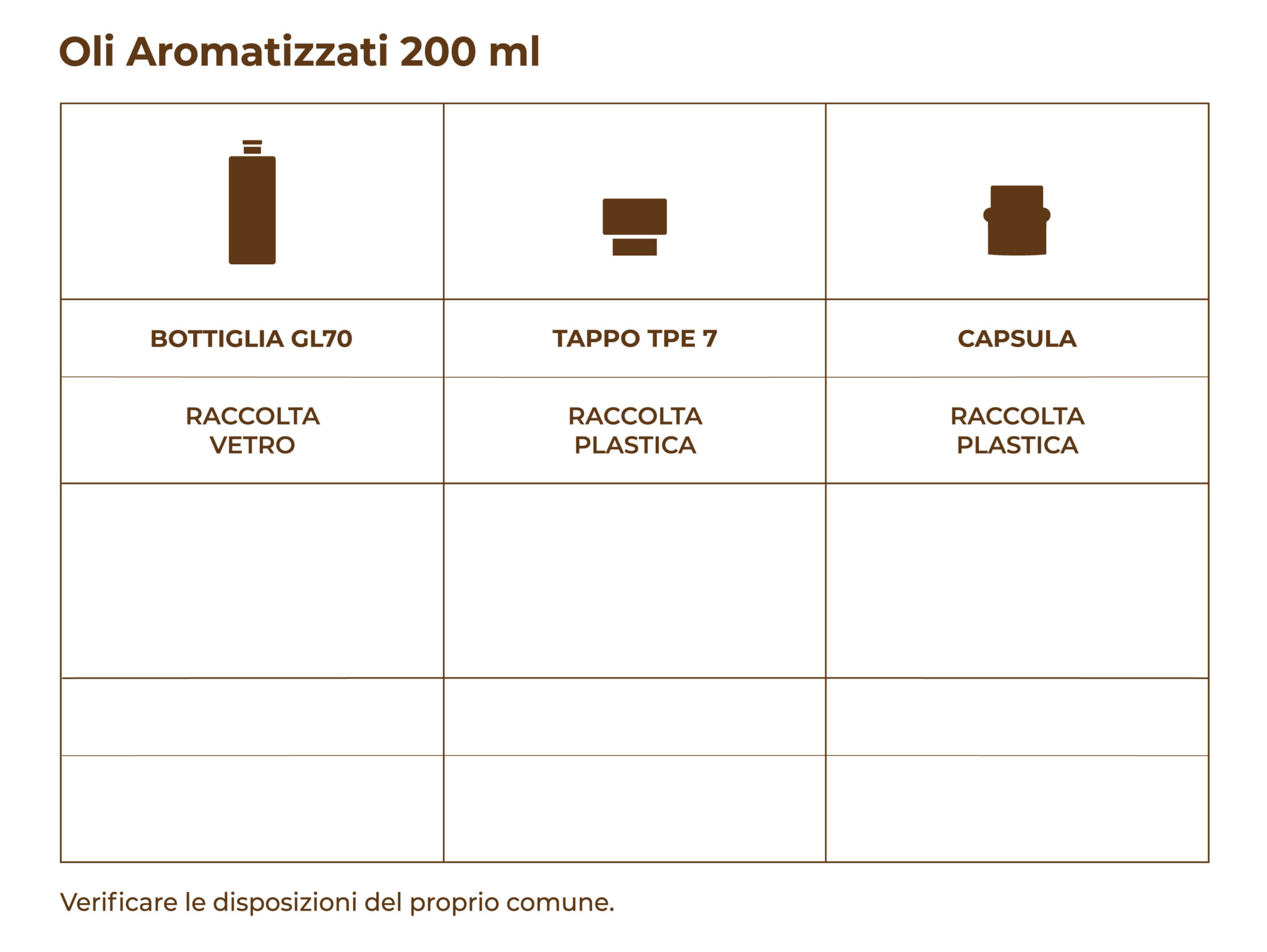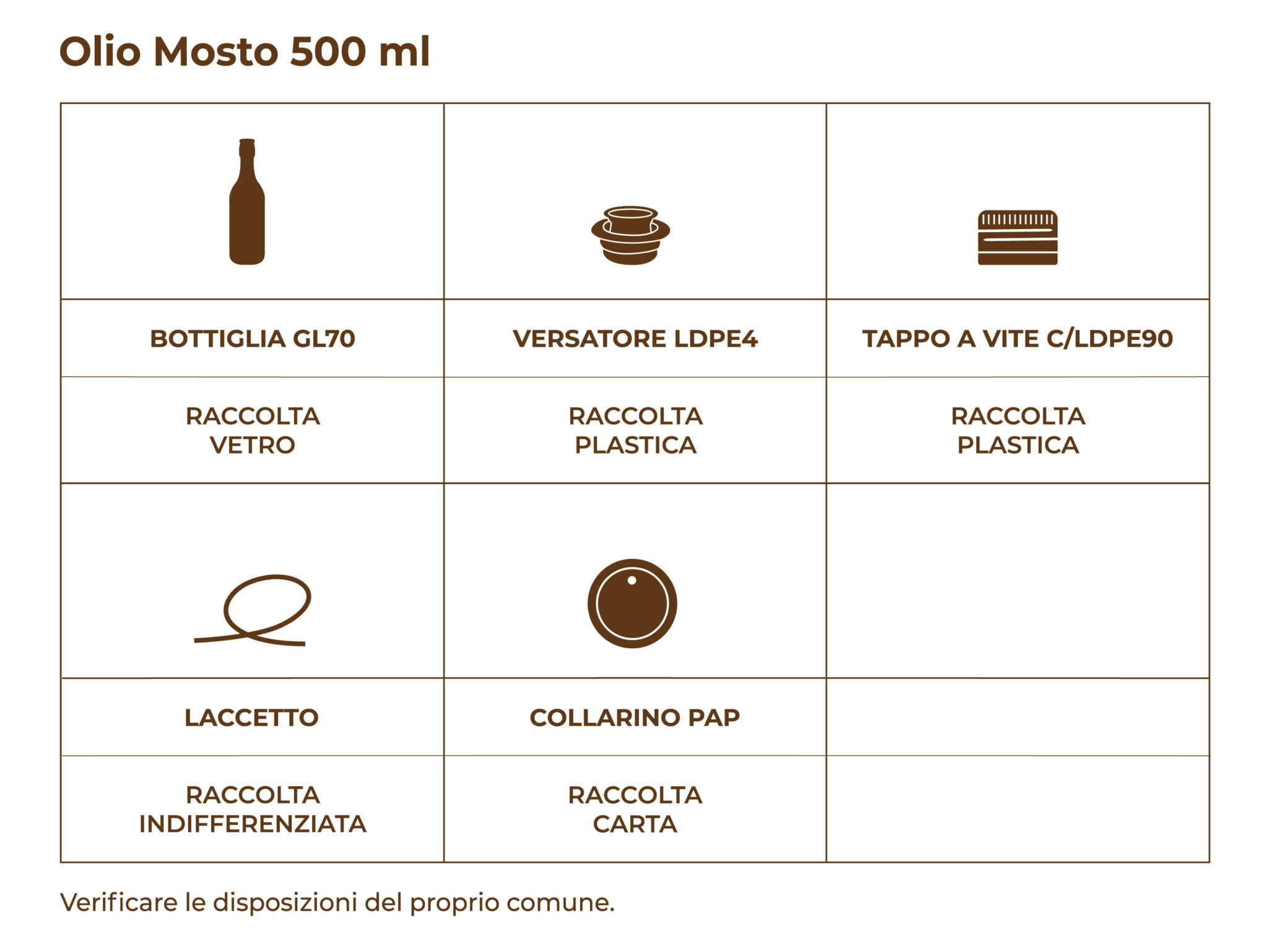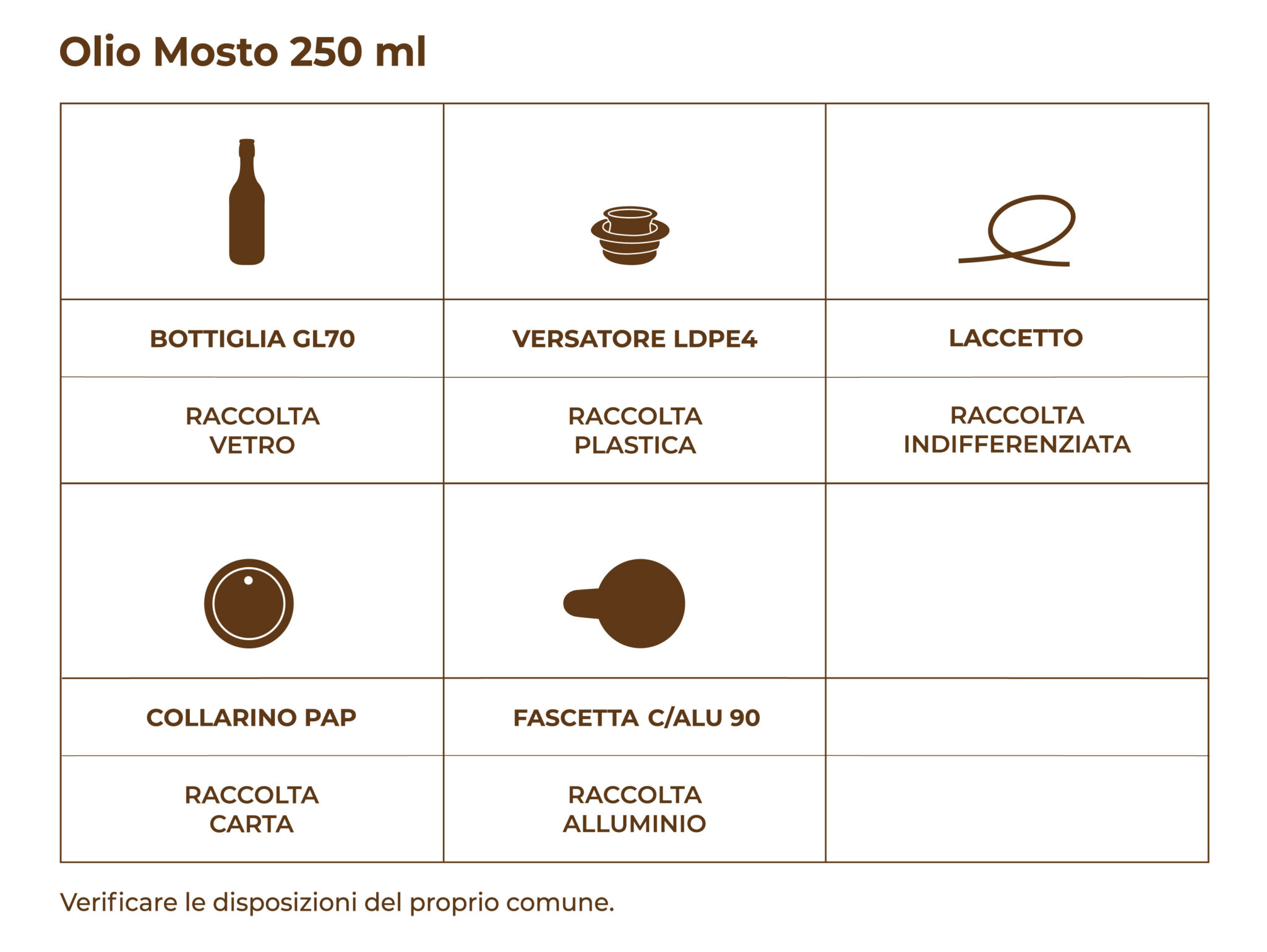Chinotto di Savona: Origins, Characteristics, and Use in Cooking
The Origins of the Chinotto: A Truly Italian Citrus with a Fascinating History
The Chinotto di Savona, known for its unique and unmistakable flavor, is a citrus fruit belonging to the Citrus myrtifolia family. Its origins are unfortunately shrouded in mystery, captivating botanists and culinary enthusiasts alike for centuries. Although there are various theories, it is believed that the Chinotto is a mutation of the bitter orange, but what is indisputable is that this fruit is truly Italian. In fact, the Chinotto only grows in specific regions of Italy, such as Liguria, Tuscany, Sicily, and Calabria, with a small exception on the French Riviera.
The name “Chinotto” is thought to be derived from China, from where, around the 16th or 17th century, the plant was imported to Europe. From that moment on, the Chinotto became deeply rooted in Italian agricultural and culinary tradition, becoming a valuable ingredient in many local dishes. Not only is it appreciated for its ornamental plant, but it is also one of the key fruits in some of Italy’s most famous culinary specialties.
A Citrus Fruit Ripening in the Warmth of the Sun
Like many other citrus fruits, the Chinotto ripens during the hot summer months. In fact, the fruits reach full maturity between June and July. Its dark orange skin hides a pulp with a bitter and aromatic flavor, making it ideal for numerous uses. Its cultivation requires special care, as the plant thrives best in well-drained, warm soils typical of Mediterranean regions. Thanks to these unique conditions, the Chinotto develops its characteristic taste and aroma, setting it apart from all other citrus fruits.
Traditional Uses of Chinotto di Savona in Cooking
The Chinotto has always been used in Italian cuisine, particularly in the southern regions, for making marmalades, candied fruits, and, of course, the famous drink known as Chinotto. Chinotto marmalade, with its sweet-bitter taste, is perfect for pairing with aged cheeses or as a filling for cakes and traditional Ligurian sweets. Candied Chinotto fruits are a delicacy that adorns Christmas cakes or other baked specialties. The Chinotto drink, made by infusing its fruits, has become an iconic beverage in Italy, appreciated for its unique taste and refreshing qualities.
Chinotto di Savona: A Certified Excellence
One of the most renowned varieties is undoubtedly the Chinotto di Savona, which has been recognized as a Slow Food presidium. This certification highlights the importance of the Chinotto di Savona as a traditional product and guarantees the quality of its cultivation. The Slow Food presidium represents a commitment to preserving local varieties and safeguarding our country’s agricultural and gastronomic heritage. The Chinotto di Savona is, therefore, a symbol of authenticity, sustainability, and a passion for quality. Besides being valued for its fruit, the Chinotto plant is also appreciated for the beauty of its bloom. Its delicate and fragrant white flowers enrich the Ligurian landscape, further demonstrating the deep connection between this citrus and the culture of our region.
Chinotto on the Table: A Unique and Unmistakable Taste
For those who love authentic flavors, the Chinotto offers a unique culinary experience. You can enjoy Chinotto in various forms: as a liqueur, marmalade, or beverage. Chinotto Liqueur is a delight with a bitter and aromatic flavor, perfect for those seeking an original drink to serve as a digestif or in special cocktails. The Chinotto Marmalade, on the other hand, delivers an intense taste that pairs perfectly with fresh or aged cheeses and traditional Ligurian desserts. Every bite of Chinotto tells the story of a fruit that has withstood the test of time, becoming a treasure of Italian cuisine.
A Moment of Ligurian Taste in Every Bite
For those wishing to savor a piece of Liguria, the Chinotto represents a true excellence. Its versatility in the kitchen and its unmistakable taste make this citrus fruit an essential ingredient for anyone who loves exploring authentic Italian flavors. If you haven’t yet had the chance to try the Chinotto in all its forms, now is the time: a real immersion into the tastes and traditions of Liguria. Whether it’s a sip of liqueur, a spoonful of marmalade, or a glass of Chinotto, every taste is an experience that will transport you directly to the heart of this extraordinary land.
Conclusion: Chinotto, A Treasure of Ligurian Tradition
In conclusion, the Chinotto is much more than just a citrus fruit: it is a symbol of tradition, culture, and passion. For centuries, the Chinotto has enriched Italian gastronomy with its unique taste and versatile uses. Its cultivation and culinary applications reflect a deep bond with the land and the people who, generation after generation, continue to pass down the cultivation and use of this fruit in the kitchen. If you want to discover an authentic taste of Liguria, the Chinotto is the perfect ingredient to enrich your table with a touch of history and authenticity.
